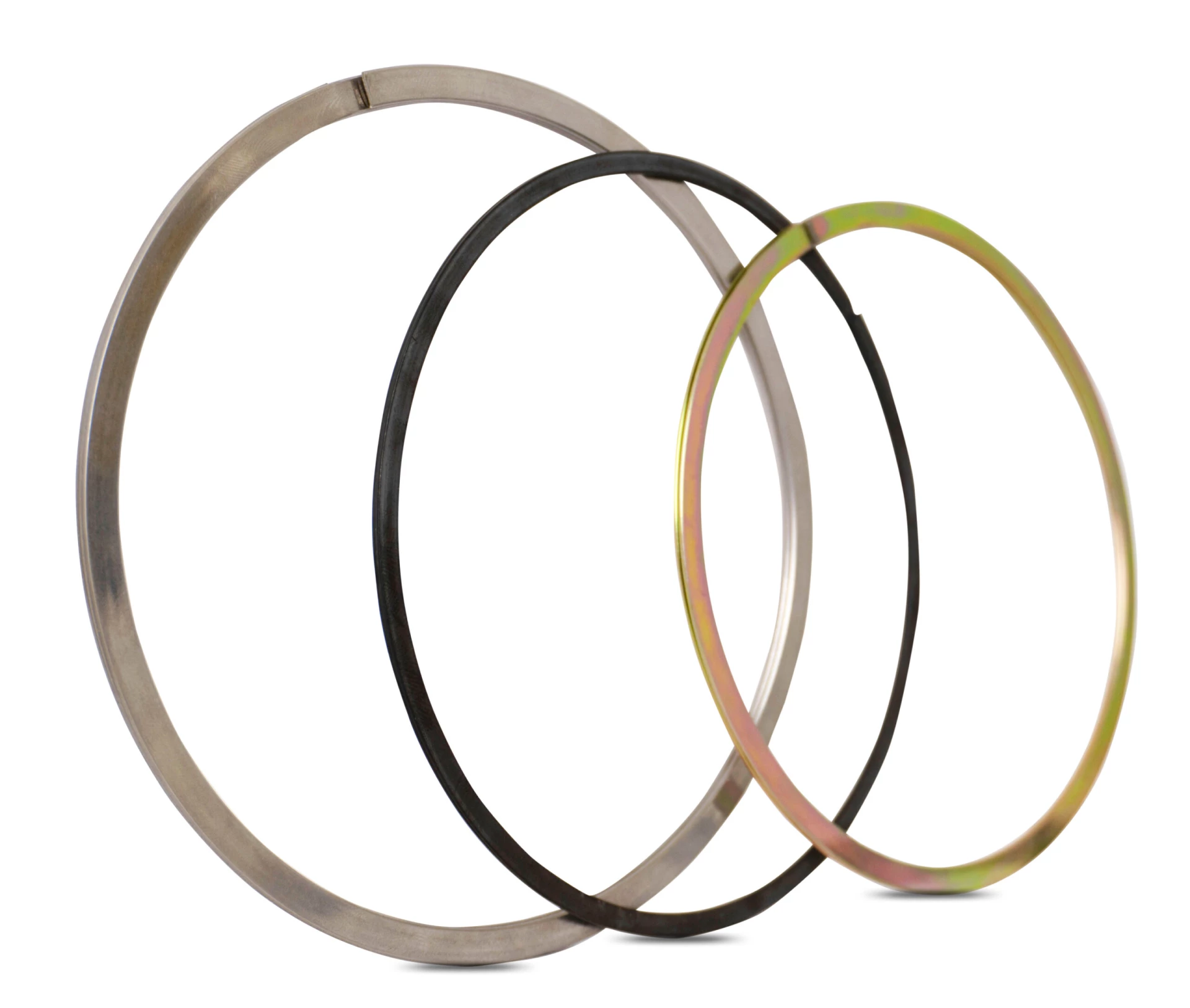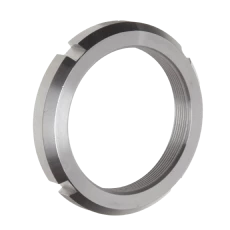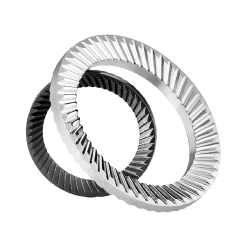GRW High Precision Ball Bearings
Relationship between radial clearance, axial clearance and contact angle
High precision ball bearings in grades up to ABEC 9 with bores from 1 to 30mm and comparable inch dimensions
General Information
RELATIONSHIP BETWEEN RADIAL CLEARANCE, AXIAL CLEARANCE & CONTACT ANGLE
Radial Clearance
Radial clearance is a measured value of total movement of one ring relative to the other in a plane perpendicular to the bearing axis. Although radial clearance has no effect on the quality of the bearing, it has a significant effect on its performance.
Basically the selection of radial clearance depends on the fit of the bearing on the shaft and in the housing (see ‘Reduction in radial clearance’). Greater radial clearance than standard should be specified if the bearing is running under axial load conditions, operates at high speed, or when low torque is required.
Less than normal radial clearance should be specified if only radial load is applied or minimum noise is required. Small radial clearance is often recommended in order to reduce the axial clearance of an instrument. However, where low axial clearance is required, we advise to use matched bearings (see ‘Duplex Bearings’).
Axial Clearance
The axial clearance is the measured value in which one bearing ring can move axially in relation to the other. In bearings of the same type, axial clearance depends on the radial clearance.
Contact Angle
The contact angle is formed between the connecting line of the contact points ball/raceways and a plane perpendicular to the axis. It is formed when the axial clearance is removed by the opposite axial movement of the bearing rings. The contact angle is influenced by radial clearance, curvature and axial load of the bearing.
The average values for the axial clearance ad the contact angle in relation to the radial clearance and curvature of the ball bearing, can be taken from figure 20.
Table 19 lists the bearing basic types and graphs to be used.
Basic Type | Graph | Graph | Basic Type | Graph | Graph | Basic Type | Graph | Graph |
681 | 1 | A | 695 | 6 | B | 1016 | 2 | A |
691 | 3 | A | 605 | 7 | B | 1191 | 3 | A |
68/1.5 | 3 | A | 625 | 9 | C | 1397 | 4 | A |
69/1.5 | 3 | A | 635 | 10 | C | 5/64 | 4 | A |
682 | 3 | A | 686 | 7 | B | 2380 | 3 | A |
692 | 4 | A | 696 | 7 | B | 3/32 | 6 | A |
67/2.35 | 5 | B | 626 | 10 | C | 3175 | 4 | A |
68/2.35 | 4 | A | 687 | 7 | B | 1/8A | 6 | A |
68/2.5 | 4 | A | 697 | 9 | B | 1/8B | 6 | A |
69/2.5 | 5 | A | 607 | 10 | C | 3967 | 4 | A |
60/2.5 | 5 | A | 627 | 11 | C | 4763A | 4 | A |
673 | 10 | C | 688A | 5 | A | 4763B | 4 | A |
683 | 5 | A | 688 | 9 | B | 3/16 | 8 | A |
693 | 6 | B | 698 | 9 | B | 6350A | 4 | A |
623 | 6 | B | 608 | 11 | C | 6350B | 7 | A |
674 | 4 | A | 689 | 9 | B | 1/4A | 9 | A |
684 | 6 | B | 699 | 9 | B | 1/4 | 10 | B |
694 | 6 | B | 609 | 11 | C | 7938 | 5 | A |
604 | 6 | B | 629 | 12 | C | 3/8 | 10 | B |
624 | 8 | B | 6800 | 9 | B | |||
634 | 9 | C | 6900 | 10 | C | |||
675 | 4 | A | 6000 | 12 | C | |||
685 | 6 | B |
Table 19: Assignment of graphs for Figure 20
Example:
Ball bearing 623, radial clearance 0.015mm
From table 19: graph 6, graph B
From figure 20: contact angle 17o30’, axial clearance 0.097mm






































